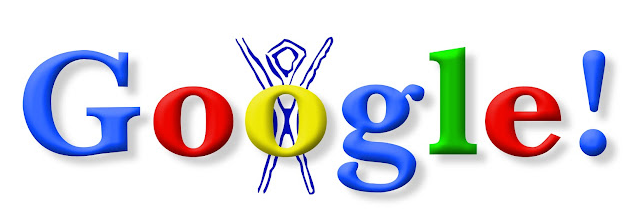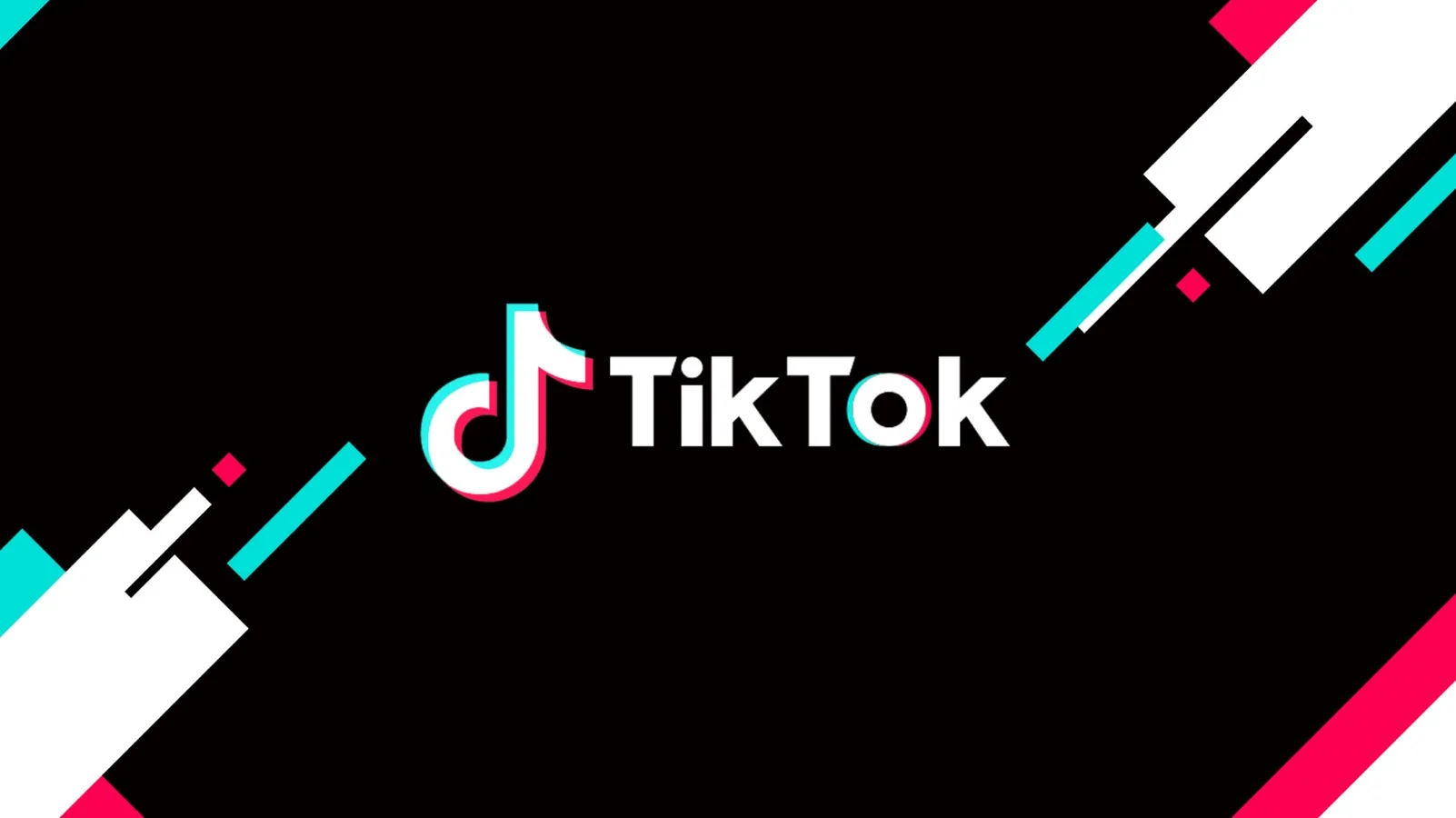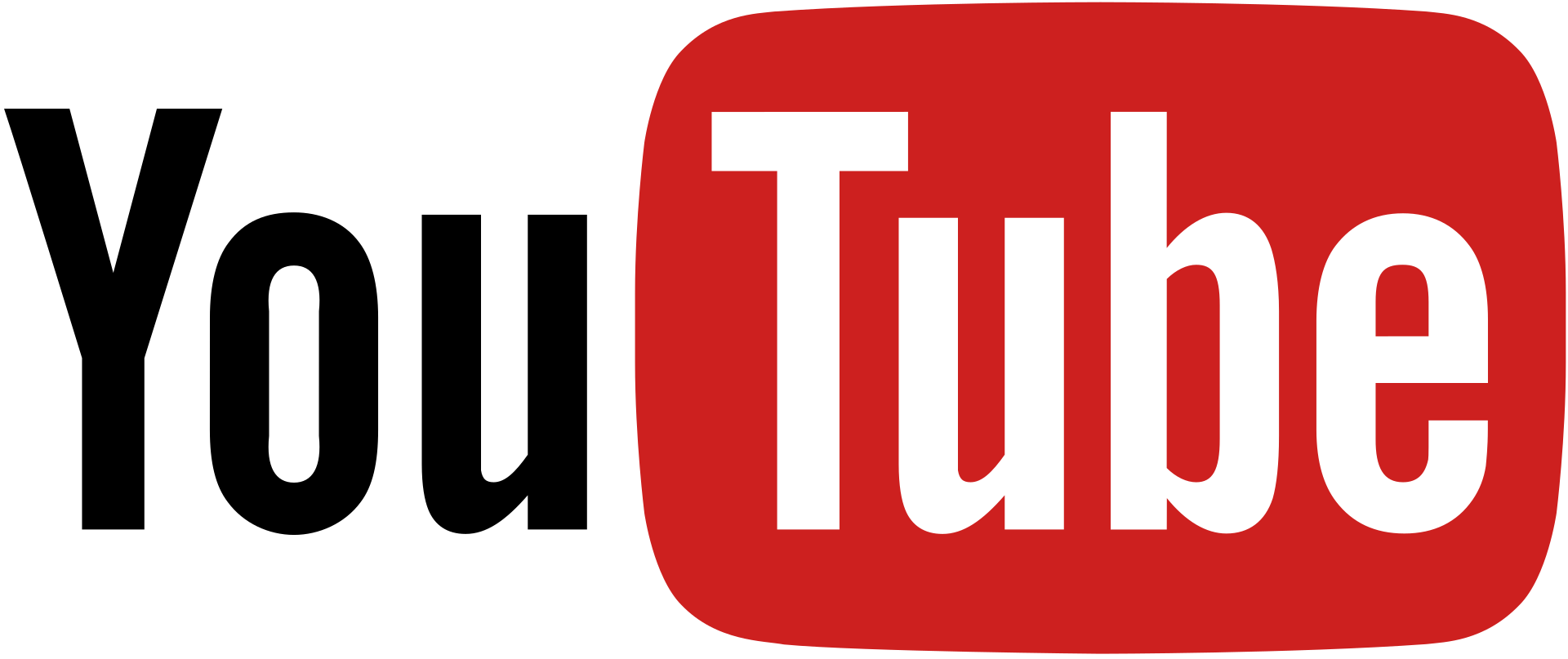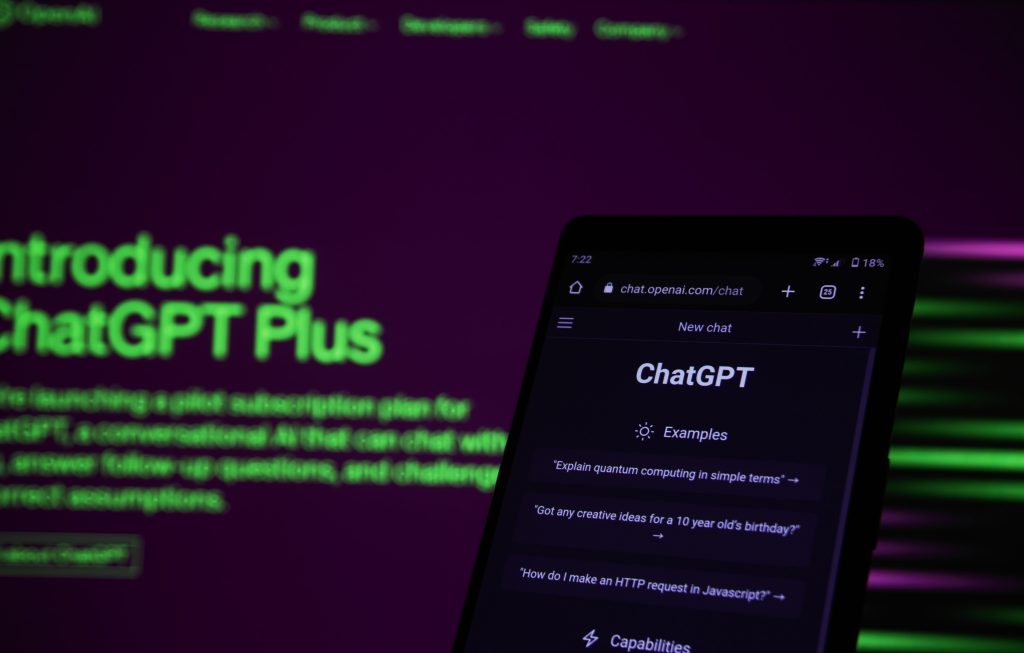When I have to find something out, whether it’s about daily life, the meaning of a new TikTok trend, or research for a university assignment, my first move is always digital. We can all agree on the fact that the days of opening an encyclopedia are long gone, now our first move is opening our gadgets. But what information I find, how I interpret it, and whether I trust it, are quite complicated questions.
Like most people, I grew up using Google like a global library. I ask a question, and within seconds it hands me millions of results. But the more I use it, the more I realize it’s not neutral. The first page on Google isn’t the “best” or “most accurate”, it’s the most prefered because it is more accurate. They are the ones that advertisers or big websites have pushed to the top.
For a quick fact check, it’s fine. For example if I forget a basic information such as the cast of a movie or the capital of a country, Google works perfectly. But when I need more depth information like understanding a concept for class, I end up clicking the same types of sources: Wikipedia, summary sites, or sometimes news sites. It’s useful, but it’s also shaped by what Google’s algorithm wants me to see.

TikTok/YouTube
Sometimes though, searching on Google feels too formal. When I want something practical or visual like how to cook something or style a piece of clothing my first move is opening TikTok or YouTube.
TikTok is dangerously fast. In less than a minute, someone can convince me to buy a product, try a trend, or believe in a random fact for example about health or history. At the same time the algorithm is scarily convenient for example if I pause on a single video about digital art, suddenly my feed fills with all tutorials, reviews, and “must-try” tools. It feels like the app knows what I want before I do.
YouTube, on the other hand, is my go-to especially for longer tutorials. If I need to see step-by-step explanations, I prefer it. But even there, I’ve noticed that creators often mix solid knowledge with their own opinions.


AI
Lately, I’ve added a new tool to my searching routine which is AI. Asking ChatGPT or another AI system a question feels like a magic. Instead of scrolling through thousands of websites, I can get a clear, structured answer in seconds an deven when I don’t understand I can modify the answer. Last week I was struggling with some readings, I asked ChatGPT to explain the main ideas in simpler words. It is basically feels like having a personal tutor who never gets tired.
But the problem is AI isn’t neutral either. It doesn’t actually know things; it predicts what answer looks right based on the patterns in its data. It can be biased, outdated, or just wrong. Sometimes when I read an AI explanation and find it really informative, but later I check an academic article from Google Scholar and realize something important was missing. But I sometimes use it as a starting point, since it saves more time and helps me see the bigger picture quicker.

So how do I stay critical with all these digital options?
- I check multiple sources: When learn something from TikTok, I try to Google it and see if any reliable news site or academic site also confirms it.
- I think about my intentions: Is this YouTube video really teaching me something, or is it just selling me a product?
- I’m aware of the algorithms: If my feed is full of one type of content, it doesn’t mean that’s the truth, it just means the algorithm thinks it will keep me focused.
- I keep my balance between fast and slow knowledge: Platforms like AI give me speed, Yes. But I still need slower and more reliable sources for in depth info.
When I compare my searching habits now to the way my parents used to learn, I notice how different actually things are. They had fewer sources, but maybe they trusted them as the truth. I have infinite sources, but the challenge is figuring out which ones I can trust and accept as the correct answer to my question. At the end of the day, I still use all three: Google for facts, TikTok/YouTube for visual learning, and AI for more clear explanation.


I honestly have the same experience as you, like social media (YouTube, TikTok), Google, or even AI tools. I agree with how you stay critical when you consume through the internet. I feel like the most important thing to be cautious is “how you
I honestly have the same experience as you, especially when it comes to using social media (like YouTube or TikTok), Google, or even AI tools. I agree that staying critical is important when consuming information online. I also like your point about discussing ideas with others—it really helps uncover different perspectives. For me, the most important thing to be cautious about is how we process and apply the information, since not everything we see is reliable or complete.”